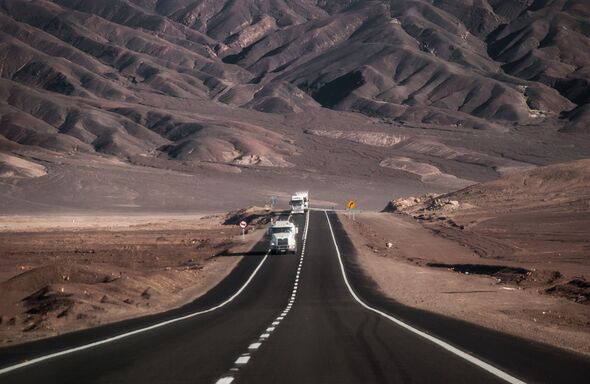The world’s longest motorway is a staggering 30,000 miles and winds through 14 countries from North to South America, navigating deserts and forests.
The Pan-American Highway is a network of roads connecting the Americas, with only one 60-mile break across the borders of Colombia and Panama.
Almost all of the countries in the Pacific coastal areas of North and South America are connected, making it the world’s longest “motorable road” according to the Guinness World Records.
In total, the countries linked by the Pan-American Highway are: Canada, United States, Mexico, Guatemala, El Salvador, Honduras, Nicaragua, Costa Rica, Panama, Colombia, Ecuador, Peru, Chile and Argentina.
The Darien Gap, a dense, dangerous patch of jungle prone to heavy rainfall, prevented the highway from being one continuous road, as the terrain is not suitable for construction.
READ MORE: Hundreds of motorists against pay-per-mile car tax changes due to data risks
The sheer number of countries covered by the Pan-American Highway means users have to negotiate a wide range of climates and road conditions.
Some areas are surrounded by jungles, while others are in the middle of arid deserts. Heavy rainfall in some regions of South America makes the highway only accessible during the dry season.
Though there is no official start and end point to the roads, it is widely considered to begin in Prudhoe Bay, Alaska, and end in the cities of Puerto Montt and Quellón in Chile, and Ushuaia in Argentina.
The Pan-American Highway had to be built in stages, starting in 1932 with a road spanning from Laredo, Texas, to Mexico City, before construction began towards Panama City.
Before its construction, there were few roads and poor connection between most Central American countries.
